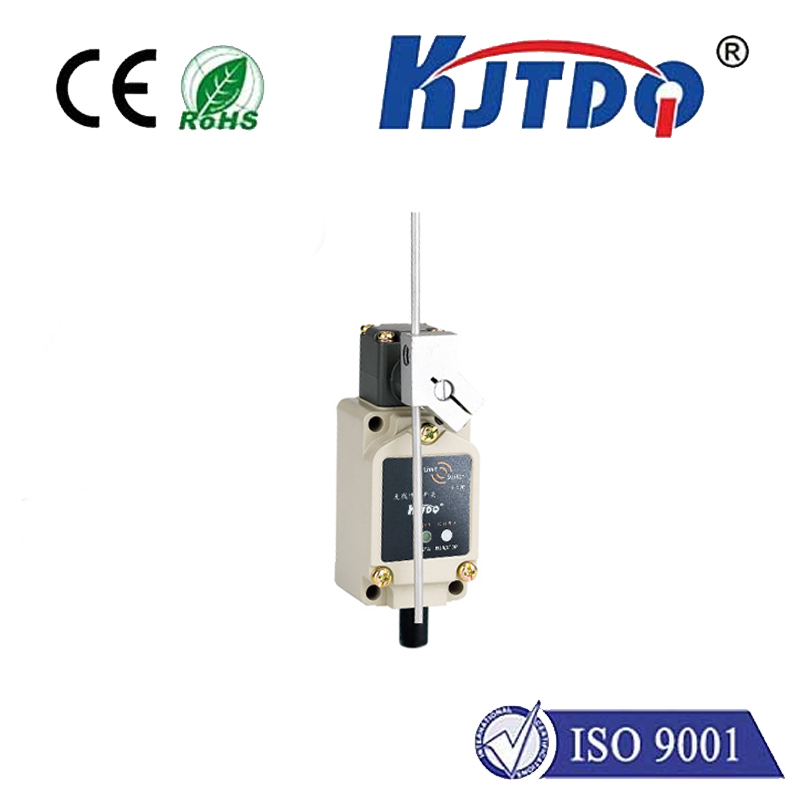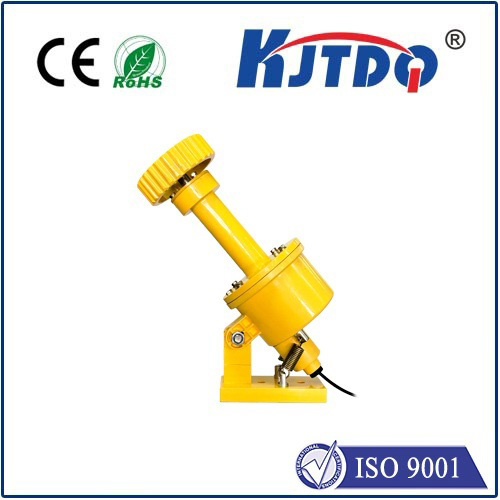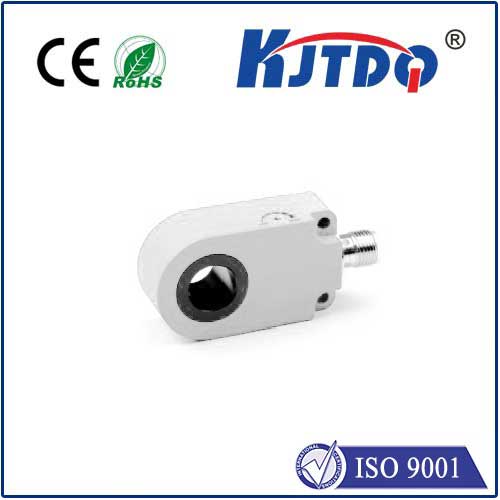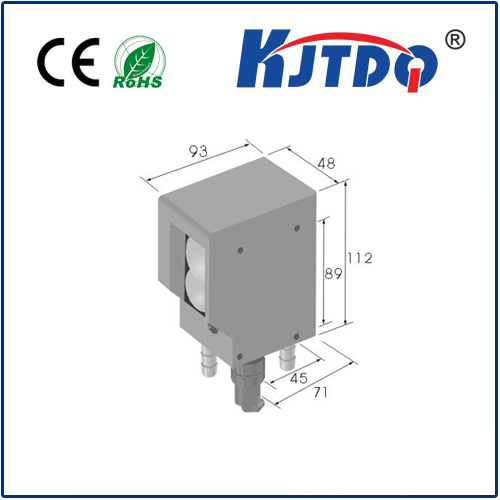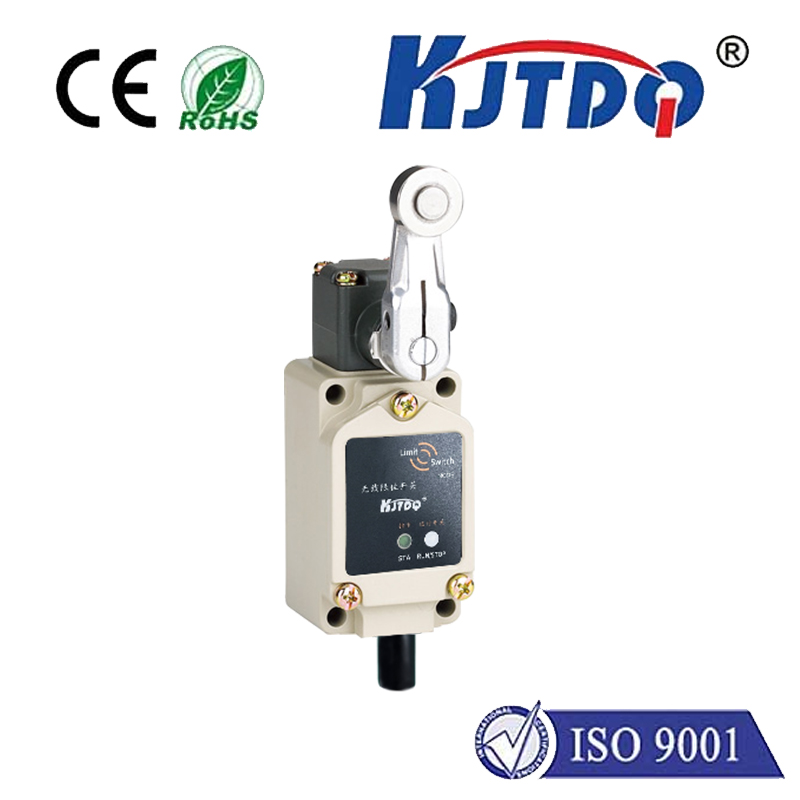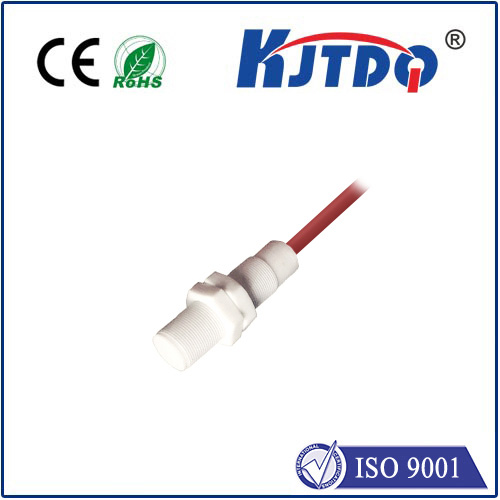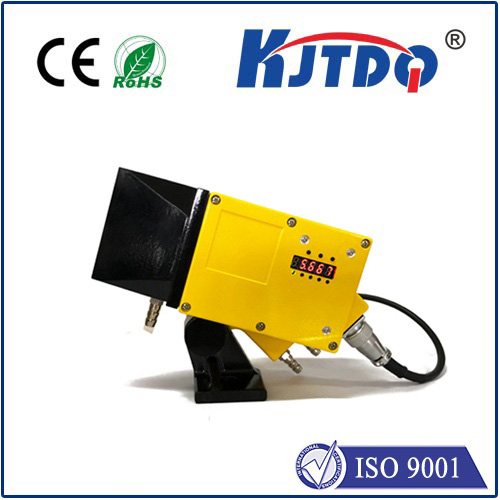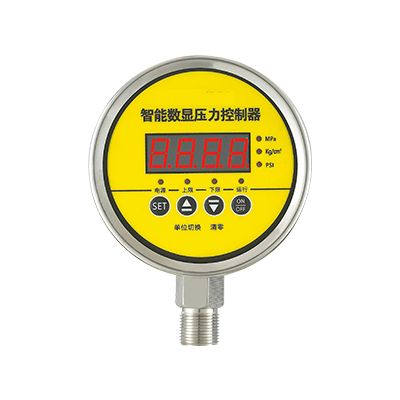

check

check

check

check

check

check

check

check

check

check
Harnessing Precision: The E3FA-LP22-F2 24V Photoelectric Sensor in Modern Automation
Imagine a world where factories hum with seamless efficiency, robots glide without collision, and packaging lines zip along at breakneck speeds—all thanks to a tiny, unassuming device that “sees” the unseen. This isn’t science fiction; it’s the reality powered by advanced sensors like the E3FA-LP22-F2 24V photoelectric sensor. As industries race toward smarter automation, this compact marvel stands out for its reliability and adaptability, making it a cornerstone in everything from automotive assembly to e-commerce fulfillment. But what exactly sets this sensor apart, and why should you care? Dive in as we unravel the magic behind this high-performance tool, exploring its features, benefits, and real-world applications that are transforming how we work. Whether you’re an engineer optimizing a production line or a tech enthusiast keen on innovation, understanding this device could be your game-changer in an increasingly automated era.

At its core, a photoelectric sensor detects objects—or their absence—using light beams, emitting infrared or visible light and measuring reflections to trigger actions like stopping a conveyor or counting items. Think of it as an electronic eye that never blinks, operating flawlessly in dusty, noisy industrial settings where human senses fail. The E3FA-LP22-F2 model elevates this concept with its specialized 24V DC operation, a common voltage in industrial systems that ensures compatibility with standard power supplies while minimizing energy waste. Unlike basic sensors, this one boasts a rugged, IP67-rated enclosure, meaning it shrugs off water, oil, and grime—essential for harsh environments like food processing plants or outdoor logistics hubs. Add to that its ultra-compact size (fitting snugly in tight spaces), and you’ve got a device that’s as versatile as it is dependable. Key specs include a sensing range of up to 300mm, a rapid response time under 1ms for high-speed applications, and polarity-reversal protection that guards against wiring errors—features that collectively cut downtime and boost productivity.
Now, let’s delve into the standout advantages of the E3FA-LP22-F2 24V photoelectric sensor, starting with its installation simplicity. Thanks to a built-in LED indicator that flashes status updates (green for detection, red for errors), setup becomes intuitive even for novices, reducing training costs and human error. This sensor also excels in energy efficiency; by drawing minimal power from its 24V source, it slashes operational expenses while supporting sustainable practices—a win for cost-conscious businesses aiming to reduce their carbon footprint. In terms of versatility, it handles diverse detection modes: diffuse-reflective for close-range tasks like sorting small parts, through-beam for long-distance precision in warehouse robotics, and retro-reflective for tricky reflective surfaces. Picture it on an assembly line, spotting misaligned components with uncanny accuracy, or in automated parking systems, ensuring vehicles glide into place without a scratch. Such reliability is backed by its advanced noise immunity, which filters out electrical interference in crowded machinery zones, ensuring stable performance where older sensors falter. Real-world metrics show users reporting up to 30% fewer false triggers and 20% faster cycle times compared to generic alternatives—testament to its engineering excellence.
For practical applications, the E3FA-LP22-F2 shines across multiple sectors. In manufacturing, it’s a staple for quality control, detecting defects on fast-moving conveyor belts—say, spotting a missing cap on bottles before they’re sealed—which saves thousands in recalls and rework. Logistics giants love it for inventory management, where its high-sensitivity optics count packages in dimly lit warehouses with pinpoint accuracy, streamlining shipping processes. Ever wondered how vending machines dispense the right snack every time? Often, it’s this sensor at work, verifying selections in milliseconds. But it’s not just about big industry; smaller setups benefit too, like DIY automation projects where its plug-and-play design integrates easily with PLCs (Programmable Logic Controllers) or microcontrollers. To maximize ROI, experts recommend pairing it with complementary tools like adjustable mounting brackets for fine-tuning angles, ensuring optimal detection in dynamic setups. Avoid common pitfalls, such as placing it near strong light sources that could cause interference— instead, leverage its wide operating temperature range (-25°C to 55°C) for year-round stability in unheated facilities.
Choosing and maintaining the E3FA-LP22-F2 is straightforward. For procurement, source it from certified suppliers to avoid counterfeits, and consider batch testing in your specific environment to confirm performance. Regular maintenance involves simple dust wipes and periodic calibration checks, extending its lifespan beyond industry averages of 5+ years. As automation evolves, this sensor remains future-proof, with potential upgrades like IoT connectivity for remote monitoring via apps. In summary, embracing the E3FA-LP22-F2 24V photoelectric sensor isn’t just about adopting new tech—it’s about unlocking smarter, safer workflows. So, as you upgrade your systems, let this tiny titan lead the charge toward a more efficient tomorrow.
